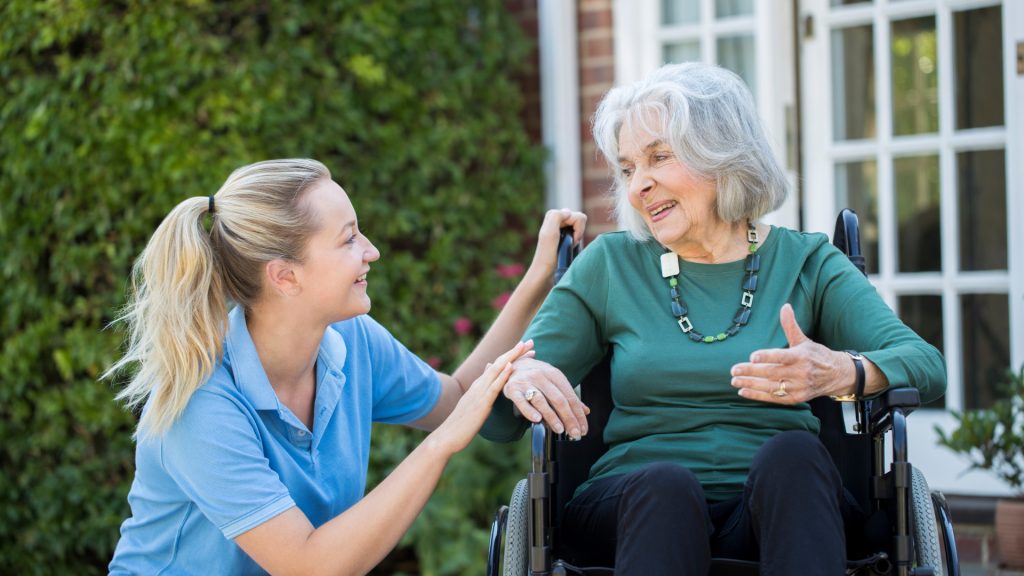Emergencies can happen unexpectedly, and being prepared is crucial, especially for seniors. Whether it’s a natural disaster, a medical emergency, or an unexpected power outage, having a personal safety plan can make all the difference. This blog post will guide you through creating a comprehensive emergency preparedness plan tailored to your needs as a senior.
Understanding the Importance of Emergency Preparedness
As we age, our ability to respond quickly and efficiently to emergencies can diminish. Physical limitations, medical conditions, and the need for assistance all play a role. Being prepared not only ensures your safety but also provides peace of mind for you and your loved ones. A well-thought-out plan can reduce anxiety and confusion during an emergency, helping you stay calm and focused.
Assessing Your Personal Needs
The first step in creating a personal safety plan is to assess your specific needs. Consider your health conditions, mobility issues, and any medications you take. Make a list of any medical devices or supplies you rely on, such as oxygen tanks, hearing aids, or mobility aids. Knowing what you need to stay safe and healthy is the foundation of your emergency plan.
Medical Needs and Supplies
Ensure you have an adequate supply of your medications. Keep an up-to-date list of your prescriptions, including dosages and the names of your doctors. In an emergency, having this information readily available can be lifesaving. Also, consider having extra batteries for any medical devices and a supply of non-perishable food and water.
Mobility and Accessibility
If you have mobility issues, think about how you will evacuate your home or reach a safe location. If you use a wheelchair, walker, or cane, ensure these items are easily accessible. Identify friends, family, or neighbors who can assist you in an emergency.
Building Your Emergency Kit
An emergency kit is a vital component of your preparedness plan. It should contain everything you might need to stay safe and comfortable for at least three days. Your kit should be easy to carry and stored in a location that is easy to reach.
Basic Supplies
Your emergency kit should include essentials like water, non-perishable food, a flashlight, batteries, a first aid kit, and a battery-powered radio. Also, pack personal hygiene items, warm clothing, and blankets. Don’t forget a whistle to signal for help and a multipurpose tool.
Personal Items
Include copies of important documents such as identification, medical records, and insurance information. Pack extra eyeglasses, hearing aid batteries, and any other personal items you may need. It’s also helpful to have some cash, as ATMs and banks may not be accessible during an emergency.
Creating a Communication Plan
Communication is crucial during an emergency. Ensure you have a way to contact family, friends, or emergency services. Keep a list of important phone numbers in your emergency kit and on your person. If you have a cell phone, make sure it is charged and consider having a backup power source like a portable charger.
Staying Informed
Stay informed about potential emergencies in your area. Sign up for alerts from local authorities and have a battery-powered radio to receive updates if the power goes out. Knowing what to expect can help you prepare and respond appropriately.
Establishing a Contact List
Create a contact list of people who can help you during an emergency. This list should include family members, friends, neighbors, and healthcare providers. Share your emergency plan with them and discuss how they can assist you.
Planning for Evacuation
In some emergencies, you may need to evacuate your home. Planning ahead can make this process smoother and less stressful. Identify multiple evacuation routes from your home and know the locations of nearby shelters.
Transportation
If you do not drive, arrange transportation with a family member, friend, or neighbor. Contact local emergency services to see if they provide transportation assistance for seniors. Have a plan for how you will get to a safe location if you need to leave quickly.
Shelters and Safe Locations
Know the locations of nearby shelters and how to get to them. Many communities have designated shelters for emergencies, and some may offer special accommodations for seniors. Familiarize yourself with these locations and include them in your plan.
Practicing Your Plan
Once you have created your emergency plan, it’s important to practice it regularly. Conduct drills to ensure you know what to do and that your plan works effectively. Review and update your plan as needed, especially if your medical needs or living situation changes.
Involving Others
Share your plan with family, friends, and neighbors. Practice evacuating your home and contacting your emergency contacts. Involving others in your plan ensures they know how to help you and can make the process smoother in an actual emergency.
Updating Your Plan
Keep your emergency plan up to date. Review it regularly and make adjustments as needed. Ensure your emergency kit is stocked and that all supplies are in good condition. Check expiration dates on food, water, and medications, and replace them as needed.
Conclusion
Creating a personal safety plan is an essential step in ensuring your safety and well-being during an emergency. By assessing your needs, building an emergency kit, establishing a communication plan, planning for evacuation, and practicing your plan, you can be better prepared for any situation. Remember, being prepared not only protects you but also provides peace of mind for you and your loved ones. Stay safe and take the time to prepare today.

